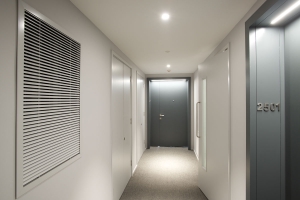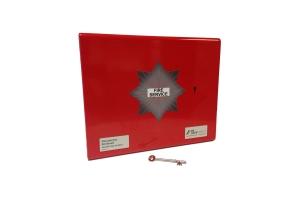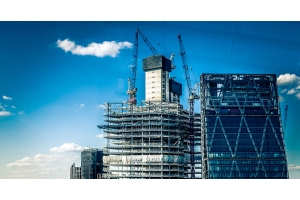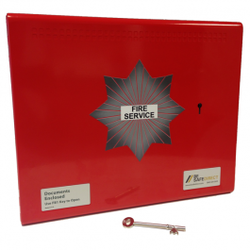Going the Distance – Extended Travel Distances

What is Travel Distances?
The main benefit of Smoke Ventilation Systems is the removal of smoke from a building in the event of a fire to allow residents to escape safely, but they can also offer additional advantages, namely allowing the extension of travel distances.
Defined as the actual distance to be travelled by a person from any point within a floor area to the nearest storey exit, the travel distances permitted under Approved Document B (ADB) of the Building Regulations 2000 vary depending on a property’s use and the area of the building in question.
ADB Recommendations
In residential premises such as apartment blocks, the maximum distance from a dwelling entrance door to a common staircase, or to a door to a lobby in corridor-access single-stair flats is 7.5m where there is only one direction of escape.
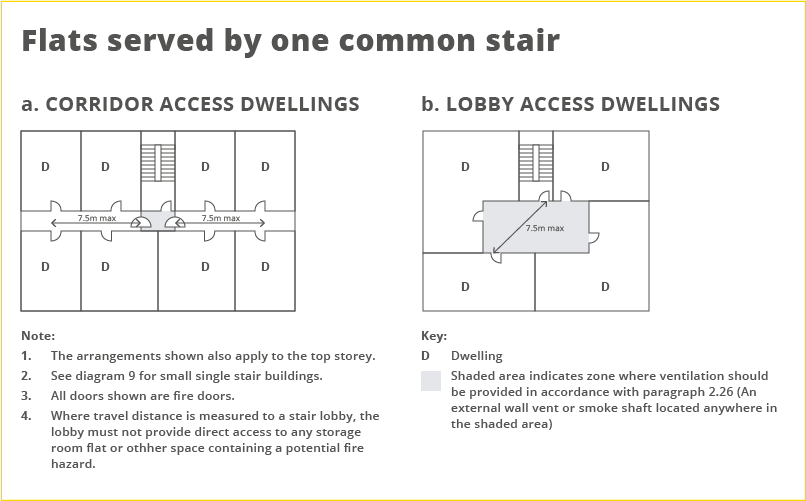
When a flat is served by more than one common stair giving more than one direction of escape, the maximum distance from a dwelling entrance door to a common staircase increases to 30m.
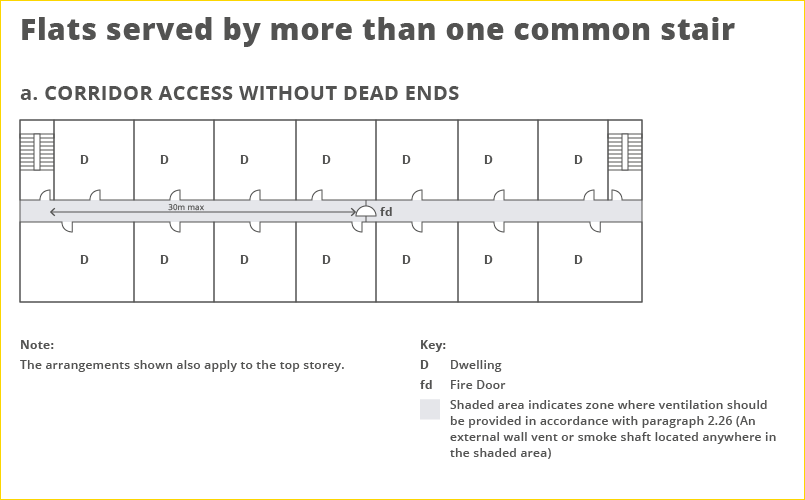
Source: Approved Document B
However, in shops and commercial buildings, this increases to 18m in one direction, or 45m in multiple directions. Even greater still are the travel distances permitted under ADB for industrial premises, with 25m in one direction, though the 45m limit still applied where there is more than one direction of escape.
Why Extend Travel Distances?
As you might expect, having restrictions imposed on a building’s design is never ideal, especially when converting from one property type to another, such as commercial to residential, where the need to reduce travel distances from 18m to 7.5m can introduce a number of complications.
Fortunately, there is another way, which can increase design flexibility and a development’s profitability.
As Approved Document B is a guidance document, its requirements can be met in other ways, provided this gives the same or a greater level of fire safety as if it was followed. By taking an ‘engineered’ approach, which looks at buildings on a case-by-case basis to identify the most suitable way of complying with regulations, travel distances can be extended, chiefly through the installation of smoke ventilation systems.
How to Achieve Extended Travel Distances with Mechanical Smoke Ventilation
Mechanical smoke ventilation systems, which consist of a powered fan mounted at roof level connected to smoke ventilation shafts, offer far greater efficiency compared to the natural systems accounted for by ADB.
Due to this greater effectiveness in removing smoke from common corridors in the event of a fire, mechanical systems can allow travel distances to be extended, with the more rapid clearance of smoke effectively providing occupants with more time in which to reach a place of safety.
The Be Safe Direct Offering
At Be Safe Direct we offer a range of mechanical smoke ventilation systems and components, and our team can work with you to identify the most appropriate system for your project by reviewing your design plans.
For more information on our systems, and to speak to our team about your next project, just get in touch: https://www.besafedirect.com/contacts

